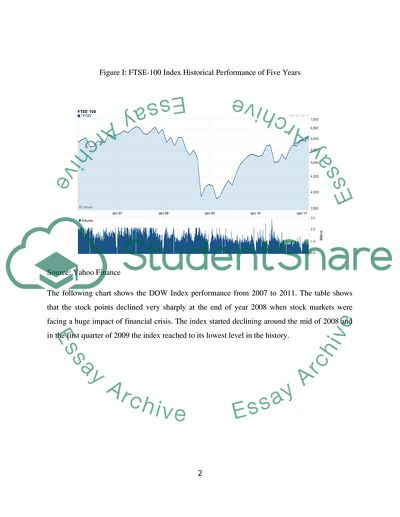Cite this document
(Recovery of Financial Markets and Institutions and Challenges in the Term Paper - 1, n.d.)
Recovery of Financial Markets and Institutions and Challenges in the Term Paper - 1. Retrieved from https://studentshare.org/macro-microeconomics/1748815-recovery-of-financial-markets-and-institutions-and-challenges-in-the-post-crisis-era
Recovery of Financial Markets and Institutions and Challenges in the Term Paper - 1. Retrieved from https://studentshare.org/macro-microeconomics/1748815-recovery-of-financial-markets-and-institutions-and-challenges-in-the-post-crisis-era
(Recovery of Financial Markets and Institutions and Challenges in the Term Paper - 1)
Recovery of Financial Markets and Institutions and Challenges in the Term Paper - 1. https://studentshare.org/macro-microeconomics/1748815-recovery-of-financial-markets-and-institutions-and-challenges-in-the-post-crisis-era.
Recovery of Financial Markets and Institutions and Challenges in the Term Paper - 1. https://studentshare.org/macro-microeconomics/1748815-recovery-of-financial-markets-and-institutions-and-challenges-in-the-post-crisis-era.
“Recovery of Financial Markets and Institutions and Challenges in the Term Paper - 1”, n.d. https://studentshare.org/macro-microeconomics/1748815-recovery-of-financial-markets-and-institutions-and-challenges-in-the-post-crisis-era.


